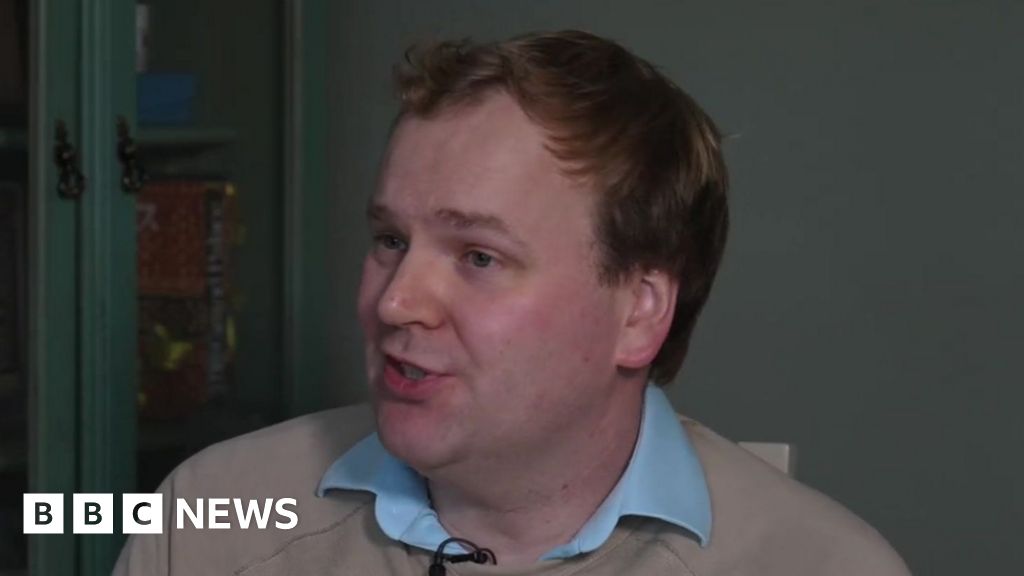ARTICLE AD BOX
Image source, Getty Images
Two more Conservative MPs have publicly called for the removal of Boris Johnson as prime minister and leader of the Conservative Party.
Backbencher Anthony Mangall and former minister Tobias Ellwood are the latest to say that they want a change of leader, following allegations that the PM and his staff broke Covid rules during lockdown.
If enough Tory MPs agree with them, Mr Johnson could face a vote of no confidence, and possibly lose his job.
How would a vote of no confidence come about?
Each political party has its own rules for the election - and removal - of its leader.
To trigger a leadership challenge in the Conservative Party, at least 15% of sitting MPs have to write a letter saying they no longer have any confidence in the prime minister.
Given that there are currently 359 Conservative MPs, this works out as 54 MPs.
These letters are sent to the chairman of the 1922 Committee - the organisation representing all backbench Conservative MPs. Its chairman is currently Sir Graham Brady.
Until and unless the threshold of 15% is reached, nobody but Sir Graham knows how many MPs have sent in a letter of no confidence, although a number of other MPs including Andrew Bridgen have already announced that they have done so.
However, if the threshold is reached, the 1922 chairman must tell the prime minister to schedule a no-confidence vote.
What happens in a no-confidence vote?
This is a secret ballot, which usually takes place within days of the no-confidence vote being announced.
To win, Mr Johnson would need to secure a simple majority
Currently, this means he would have to gain 180 votes (half his MPs, plus one) - assuming every Conservative MP casts a vote and nobody abstains.
If Mr Johnson lost, there would be a leadership contest and he would be barred from standing.
If he won, he would be immune from another no-confidence vote for a year.
However, a small majority can also tip the balance.
If Mr Johnson won by only a few votes, it might persuade him to think twice about whether he had enough backing in Parliament.
Mr Johnson's predecessor, Theresa May, won a no-confidence vote by 200-117 votes in December 2018.
It was large enough to keep her in office but it showed that more than a third of Conservative MPs did not want her as leader. She announced her resignation six months later.
How is a new leader chosen?
If Mr Johnson resigned, the 1922 Committee would decide the procedure and set the timetable for a leadership contest.
Leadership candidates need the support of eight fellow Tory MPs - a proposer, a seconder and six others.
If more than two candidates stand, there will be a series of ballots:
- in the first round, candidates must attract 5% of the votes to stay in the running (18 MPs)
- in the second round, they must attract 10% (36 MPs)
- in each subsequent round, the candidate with the least votes is eliminated
When two MPs are left, Conservative Party members around the country will vote.
Both candidates would be expected to take part in debates to put their cases forward to members before the final voting deadline.
If all but one of the candidates withdraw (as happened when Theresa May became leader in 2016), the remaining candidate becomes Conservative Party leader.
Unless there is a general election, the winner of any Tory leadership contest would become prime minister.
This happens formally when the Queen appoints them.

 2 years ago
17
2 years ago
17








 English (US)
English (US)